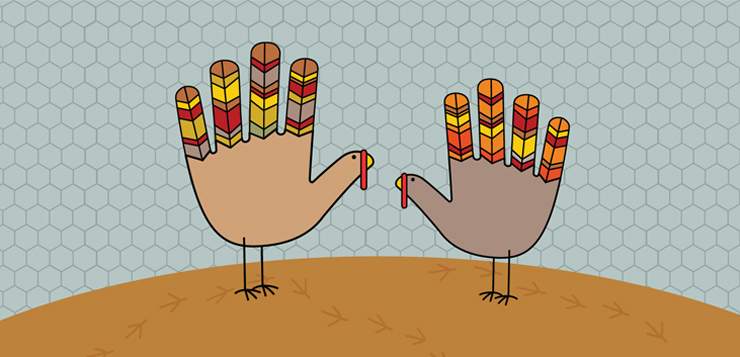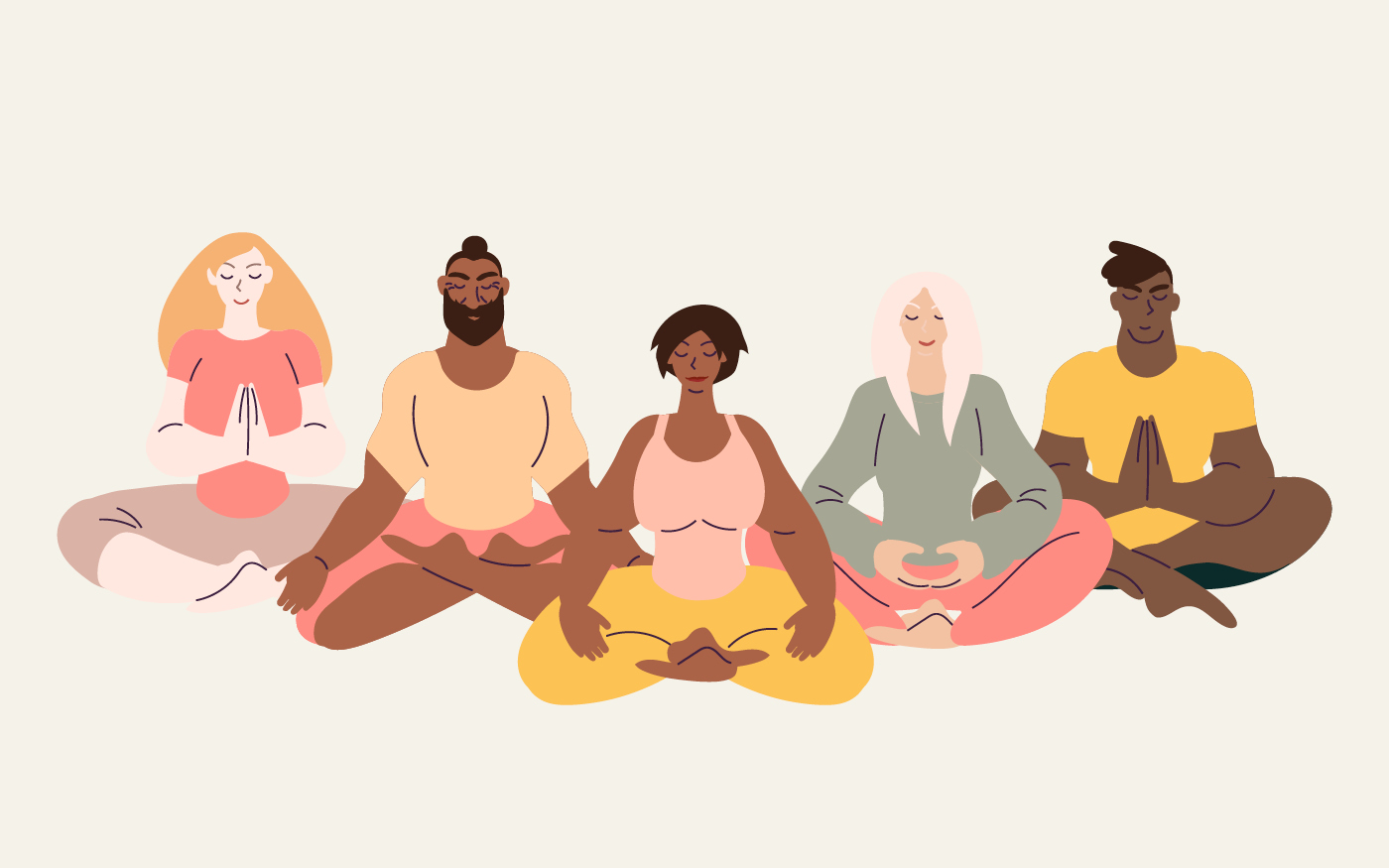Anxiety and I have had a complicated relationship. For most of my life we’ve been on and off, but now it wants to get serious. Just the threat of conflict makes me feel uncomfortable so imagine how jittery the divisive, provocative stories that have taken over newspapers, social media, and cable TV have made me feel. Meditation offers a refuge from anxiety because it creates enough space in my head for worry to settle. It didn’t come easily to me, though. The first time I gave it a try, almost twenty-five years ago, I was so flooded with strong emotions that I ran out of the meditation center like it was on fire. As a newcomer I hadn’t yet learned how to leave those strong feelings alone so that the noise in my head could die down. Anxiety doesn’t overwhelm me anymore because I’ve learned how to deal with it. If I sense that worry is starting to take over I don’t sit down to meditate, I walk. Walking meditation is grounding when emotions run high, especially if coupled with appreciation practice.
My husband’s legs are long, and mine are not. When we hike together he can move ahead quickly and I often find myself taking up the rear. This isn’t a problem, unless we’re hiking an unfamiliar trail. I remember hiking with him in Death Valley on a long, winding path, worried that we had gotten lost. I was wearing a hat with a big brim that flopped over my eyes and, because I was focused more on my feet than the horizon, before I realized it, he was far ahead of me. We each had a cell phone but didn’t have cell service and, given how much the trail twisted and turned, it would have been easy for us to lose one another. Familiar feelings of fear and anxiety began to bubble up inside me, but luckily I knew how to manage them.
Meditation offers a refuge from anxiety because it creates enough space in my head for worry to settle.
With every step I moved my attention away from my anxious thoughts and towards something I was grateful for: Our grown kids; Our health; A few days in the desert; That I was able to hike; That I felt warm; The seamstress who had sewn keyholes into the sleeves of my hiking shirt so that I was able to put my thumbs through them and stay warm. Step by step I gave thanks until I turned a corner and found my husband leaning against a boulder. He was reading one of the several trail maps he had brought with him to make sure we would find our way back safely. The last step of this gratitude practice – one that I call Thankful With Every Step – was to notice my appreciation and relief for having caught up with him.
When we have our health, a roof over our heads, and people that care about us, it makes sense that giving thanks would come naturally. Yet often we find ourselves wanting more rather than being thankful for what we have already. When we’re busy thinking about the things we’d like to be different, however, it’s easy to lose sight of the good that’s in our lives right now. That’s why focusing on this very moment is a powerful practice. Being grateful for what’s happening now can be uplifting even if the moment before we felt down. A feedback loop can then emerge where the more thankful we become the more connected we feel to one another, to the planet, and to ourselves.
Somewhere between the sweet potatoes and the Brussels sprouts the dialogue might get pretty heated. In the event this happens, try to remember what it is that you have in common with those whose views you don’t share.
It’s ironic that while much of America prides itself on being a melting pot, lately the ingredients have not been blending so well. Given how close the recent election was, there’s a good chance the person seated across the table at this year’s Thanksgiving feast has a fundamental disagreement with you about the direction of the country. During stressful times like these, it can be easy to lose sight of our common humanity and our interconnectedness. Somewhere between the sweet potatoes and the Brussels sprouts the dialogue might get pretty heated. In the event this happens, try to remember what it is that you have in common with those whose views you don’t share. Practice empathy and see if you can understand how they’ve arrived at their opinions. And if strong feelings bubble up and you’re concerned they might overwhelm you, or that you’ll say something you might later regret, that would be an excellent time to take a gratitude walk. Just remember to circle back in time for pumpkin pie!
A Simple Mindful Practice: Thankful with Every Step
You don’t have to be outside to take a gratitude walk; you can ground yourself by walking slowly and deliberately anywhere, even upstairs at your in-laws house. Here’s what to do:
- Walk slowly and purposefully with your gaze looking downward.
- Silently say something you’re thankful for every time you take a step.
Susan’s new book, Mindful Games, contains over 60 simple, effective mindful practices like this one.








